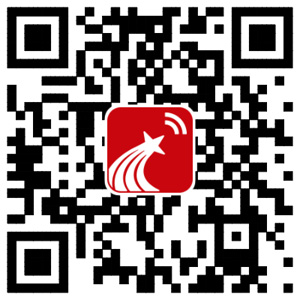关键词:
AUTOIMMUNE ENCEPHALITIS
CLINICAL NEUROLOGY
GENETICS
HLA
NEUROIMMUNOLOGY
摘要:
BACKGROUND:Patients with leucine-rich glioma-inactivated 1 antibody (LGI1-Ab) encephalitis are typically elderly men that often carry human leucocyte antigen (HLA)- (≈90%). Herein, we aimed to investigate whether patients with atypical demographic profiles or not carrying have distinct clinical manifestations and outcome.
METHODS:Retrospective chart review of LGI1-Ab patients diagnosed at the French Reference Centre and three other European centres.
RESULTS:Among 238 patients included, median age at onset was 66 years (IQR: 60-73), 65% were male, 89% carried and 10% , another known secondary HLA association. We identified three age groups (young, typical, old) based on percentiles of age distribution. Young (≤51 years) patients were less commonly male (35%, p=0.004), while faciobrachial dystonic seizures (FBDS; 65%, p=0.047) and hyponatraemia (64%, p=0.046) were more frequent in old (≥79 years) patients. Old patients experienced poor outcome (modified Rankin Scale [mRS] >2 at last follow-up) more frequently (64%, p<0.001). There were no significant differences between males and females. non-carriers were younger (p=0.005) and less frequently male (47%, p=0.044), while non-carriers of both and experienced poor outcome more commonly (64%, p=0.005). Older age (adjusted OR: 1.08, 95% CI [1.02 to 1.14], p=0.008), higher mRS at nadir (4.22 [2.46-7.24], p<0.001) and non-carrier status (8.39 [1.88-37.44], p=0.005) were independently associated with poor outcome. Moreover, older age (1.08 [1.04-1.11], p<0.001), FBDS (2.20 [1.17-4.13], p=0.014) and hyponatraemia (2.30 [1.22-4.34], p=0.010) were associated with severe encephalitis (mRS >3 at nadir).
CONCLUSIONS:Age appears to be the main driver of clinical presentation, severity and outcome in LGI1-Ab encephalitis. Remarkably, non-carriers are younger, more commonly female and experience poorer prognosis, reflecting a distinct pathophysiology.
 中国学术期刊网络出版...
详细信息
中国学术期刊网络出版...
详细信息

